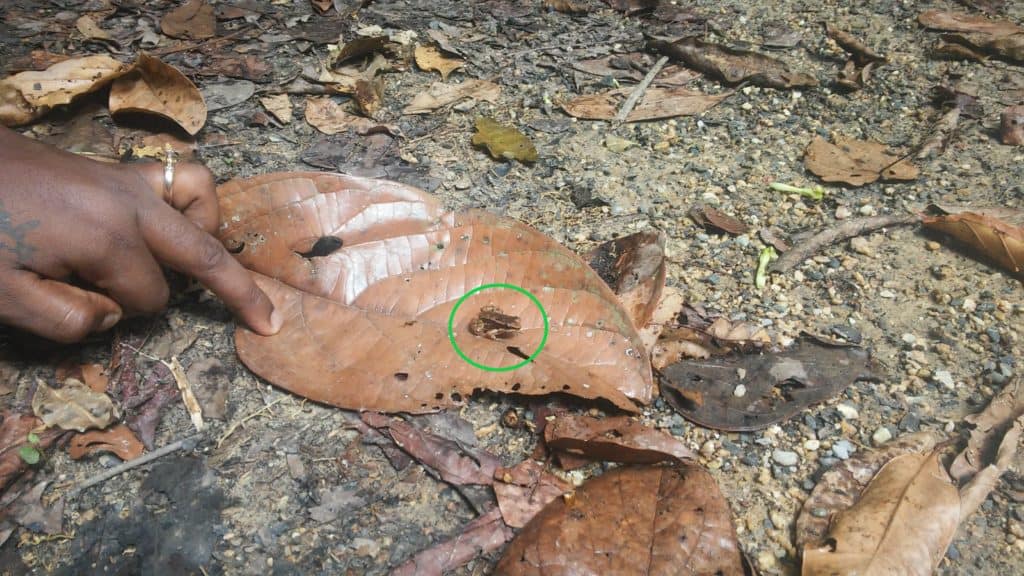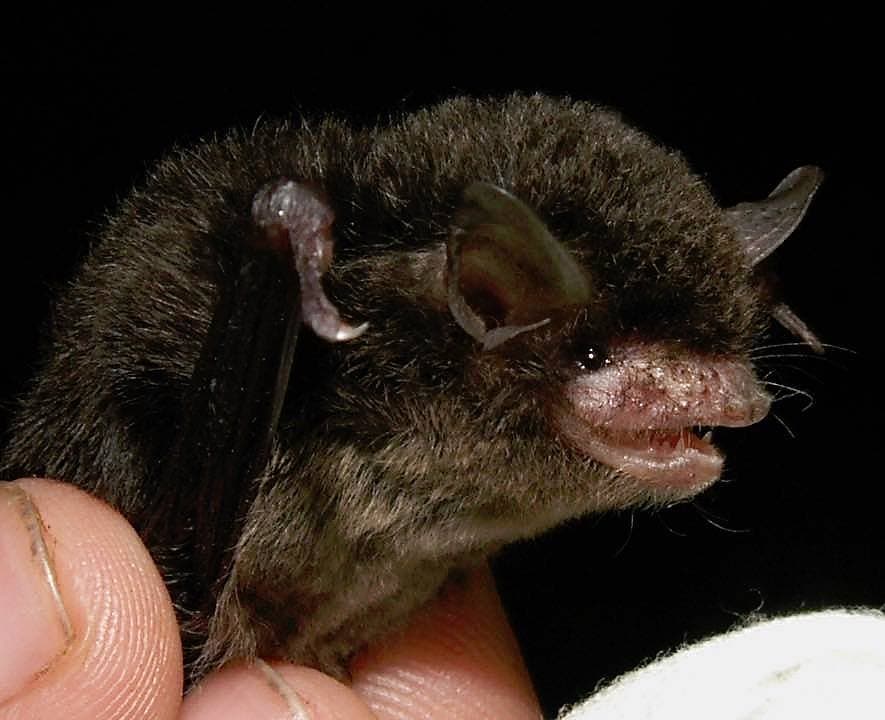For World Nature Conservation Day, we asked Johanne Ryan, Conservation Officer at Asa Wright Nature Centre, to share with us the stories of three different animals found in Trinidad and Tobago that must be protected through conservation efforts. The observance of World Nature Conservation Day takes place on July 28 every year and is celebrated around the world to raise awareness about the importance of protecting natural resources, natural habitats and the flora and fauna that depend on them.
Johanne chose to highlight the stories of three unique animals that are all endemic to Trinidad and Tobago, which means they are not found anywhere else in the world. This puts the responsibility of conservation squarely on the shoulders of local citizens and authorities. By sharing the stories of these animals, Johanne hopes that more people understand the important and direct role they can play in conservation efforts.
#1 Pawi or Trinidad Piping-Guan (Pipile pipile)
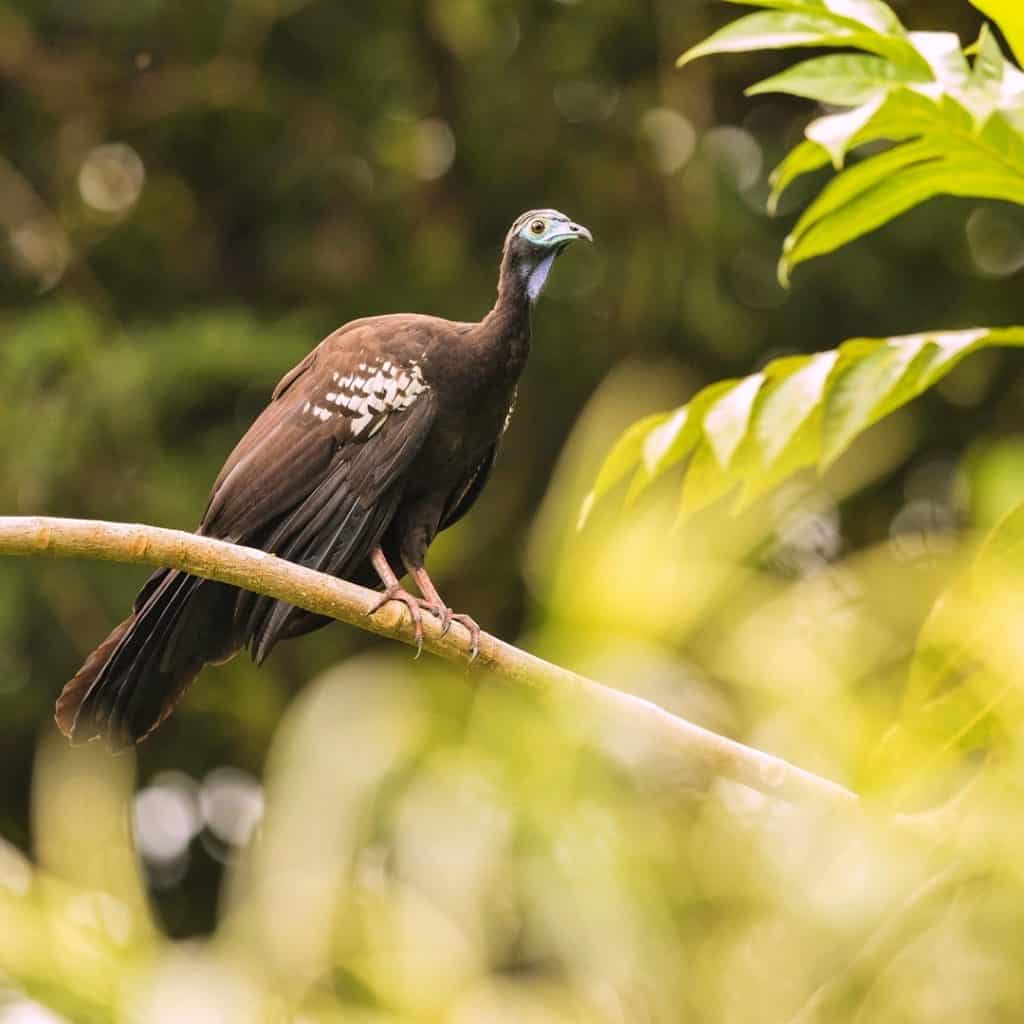
The pawi is an endangered species that is threatened by hunting and habitat destruction in Trinidad and Tobago
Johanne Ryan, Conservation Officer
The Pawi is a large, black turkey-like bird that Johanne hopes she will one day be able to witness with her own eyes. The International Union for Conservation of Nature (IUCN) lists the bird as critically endangered with anywhere between 50 to 249 mature individuals remaining in the wild.
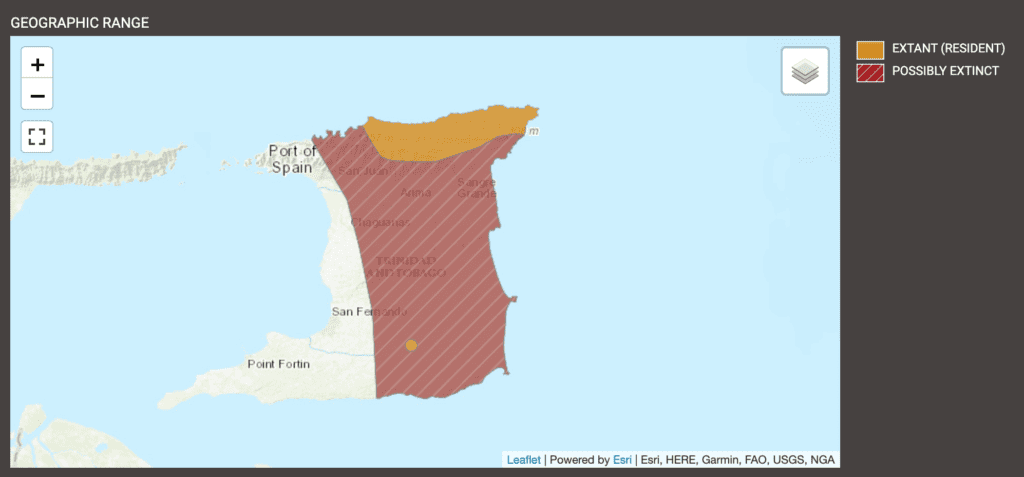
The pawi feeds on fruit and seeds making it important for the dispersal of seeds in its natural habitats. Johanne said the pawi has been sighted a few miles away from Asa Wright Nature Centre which is located in the Northern Range. She said the organisation has launched an initiative in which pawi feeding trees like wild nutmeg were identified on their property.
“We have a long term goal where we want to be able to attract the pawi to our nature centre and assist with conservation efforts,” she said. As an environmentally sensitive species in T&T, it is legally protected.
#2 Sir David Attenborough’s Myotis (Myotis attenboroughi)
Photo: Geoffrey Gomes (Trinibats)
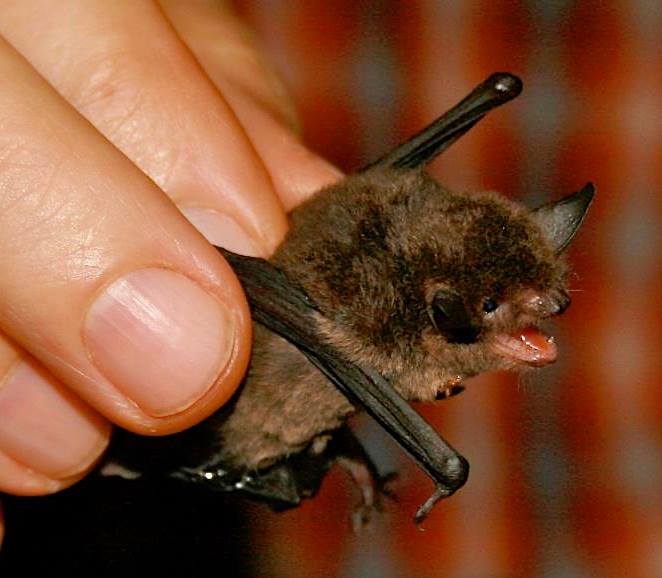
Because it is only found in Tobago which is a very small island, it would be very vulnerable to environmental destruction or extinction.
Johanne Ryan, Conservation Officer
Sir David Attenborough’s Myotis is a tiny insect-feeding bat that was discovered in 2017 on the island of Tobago. “They weigh about the same as a die,” Johanne said. The research team named the mammal after the famous naturalist David Attenborough, known for producing and narrating nature documentaries.
It is the only known mammal endemic to Trinidad and Tobago and so cannot be found anywhere else in the world. The bat was originally thought to be a different species, Myotis nigricans, until studies confirmed it was actually a new species, Myotis attenboroughi. Johanne said that contrary to popular belief, bats like this one should be protected as they eat plant pests as well as insects that can spread disease to humans. “Bats have an important role to play in the environment.”
#3 Trinidad stream frog (Mannophryne trinitatis)
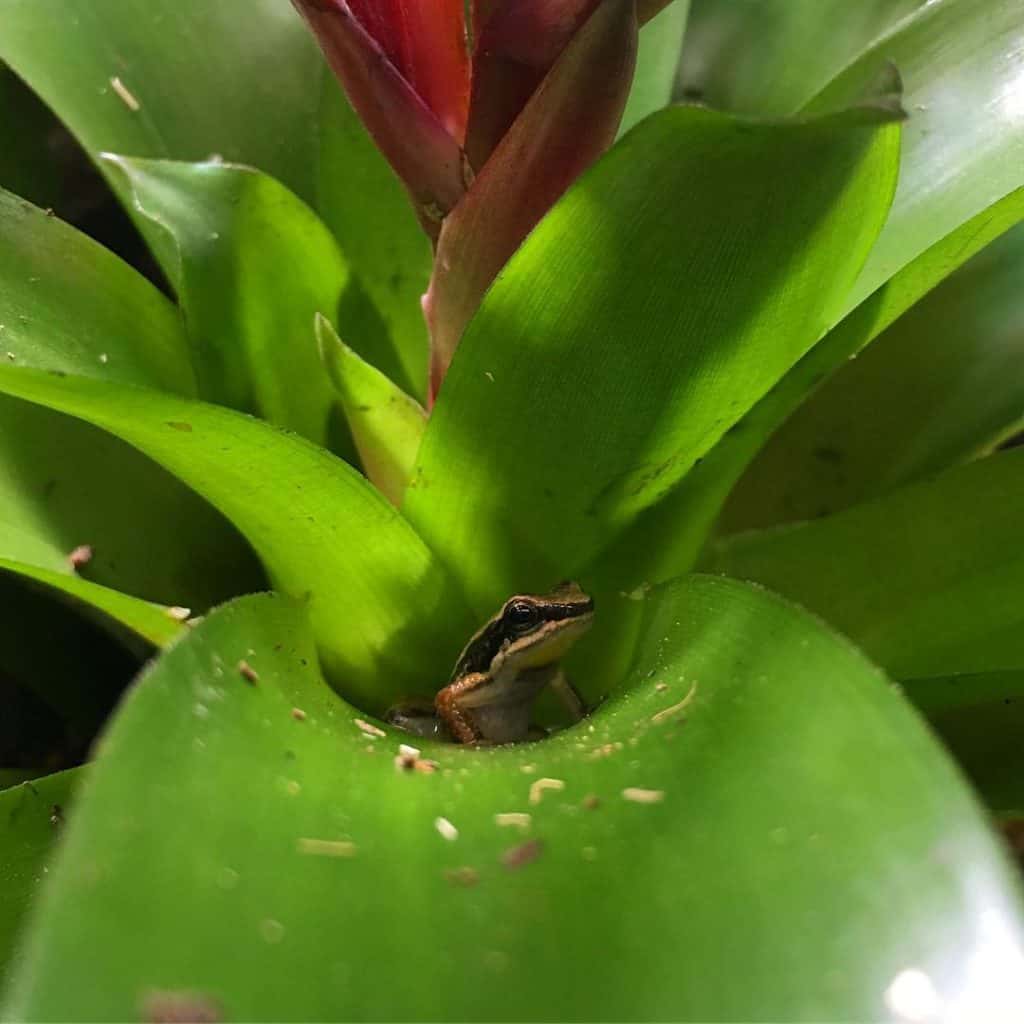
“Frogs should be protected because they are very sensitive to pollutants in the environment. A decrease in the frog population can tell you that there are pollutants in the environment”
Johanne Ryan, Conservation Officer
Of the three animals listed, the Trinidad stream frog is the one Johanne has managed to see in person. This amphibian is not considered an endangered species; however, it is endemic to Trinidad and Tobago and has a very important role to play in the environment. “Frogs are very sensitive to pollutants from the land and water,” she said before explaining that humans can observe them to gauge the health of an ecosytem. Most amphibians breathe through their skin which exposes them to environmental factors such as disease, pollution and toxic chemicals.
The Trinidad stream frog can be found near streams in the North and Central Range of Trinidad and could be easy to miss if not for the loud calls they make like crickets. Johanne was able to take a photograph of one at Asa Wright Nature Centre, which provides a habitat where these frogs can thrive. She said that in person, they appear to be the size of the tip of a human thumb.
